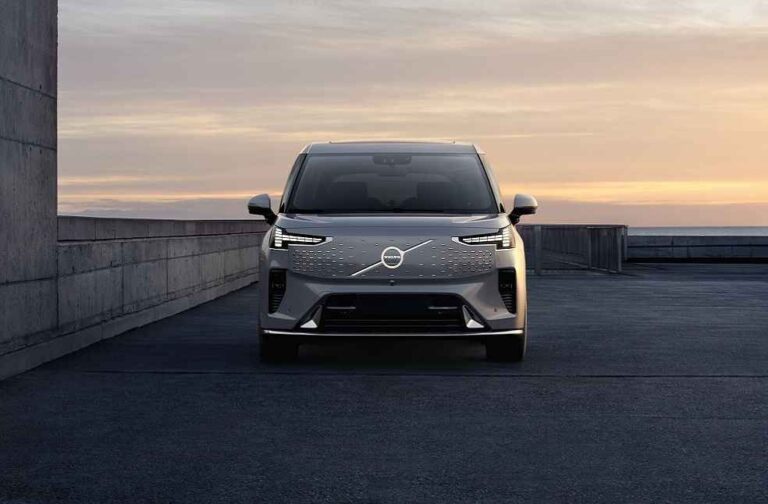Volvo Cars delivers its one millionth plug-in hybrid vehicle (PHEV) in September, 13 years after the launch of its first Model. It marks a major milestone in Volvo’s electrification journey.
The company is steadily advancing towards becoming a fully electrified carmaker, with PHEVs serving as a vital pillar of growth. In the first half of 2025, plug-in hybrids accounted for 23% of Volvo Cars’ global sales. Annual PHEV sales rose sharply from nearly 46,000 units in 2019 to more than 177,000 in 2024, driven largely by strong demand for the XC60 and XC90 across Sweden, the U.S., and China.

The XC60 continues to dominate the premium PHEV market, having been the best-selling PHEV in Europe in 2024 and a global segment leader for the past three years. Both the XC60 and XC90 underwent updates last year, further boosting their market appeal.
According to the company, Volvo Cars holds the highest share of PHEV sales relative to total sales among legacy premium automakers. The lineup continues to expand, with the recently introduced XC70 SUV standing out as the brand’s first long-range PHEV, capable of covering more than 200 kilometers on electric power alone under the CLTC testing cycle.

Internal data shows that many Volvo PHEVs are used in practice as if they were fully electric, particularly in urban settings. On average, drivers operate their vehicles without engaging the internal combustion engine for around half of their total driving time.
Volvo introduced its first plug-in hybrid in 2012 with a diesel-powered variant of the V60 estate and, for years, was the only global automaker offering PHEV versions across its entire lineup. The company now offers plug-in hybrid variants on five models, alongside six fully electric vehicles, underlining its commitment to electrification.
GENERAL | South Africa Secures China, India Investments to Expand Auto Manufacturing





